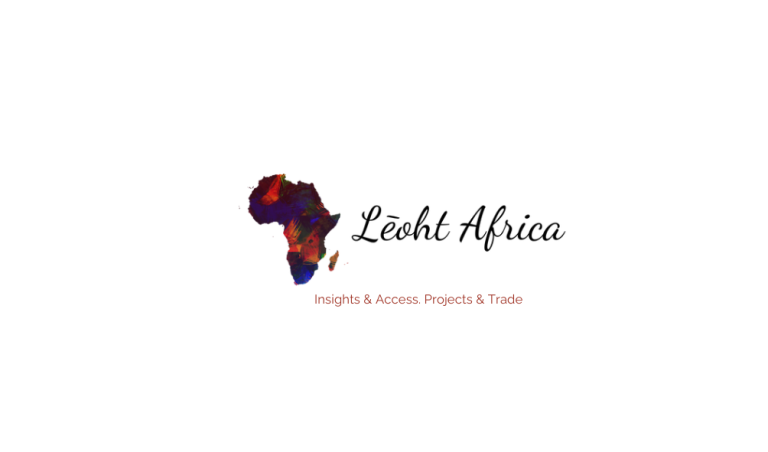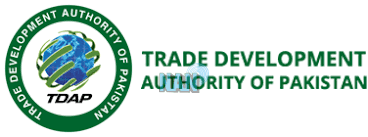Many people are questioning whether Africa’s economic advances are running out of steam. Five years ago, growth was accelerating in almost all of the region’s diverse economies, but recently their paths have diverged.
Some countries have continued to grow fast while others have experienced a marked slowdown as a result of lower resource prices and higher sociopolitical instability. Despite this, the continent’s fundamentals remain strong, but African governments and companies will need to work harder to make the most of its potential.
Africa’s real GDP grew at an average of 3.3 percent a year between 2010 and 2015, considerably slower than the 5.4 percent from 2000 to 2010. However, this average disguises stark divergence. Growth
slowed sharply among oil exporters and North African countries affected by the 2011 Arab Spring democracy movements. The rest of Africa posted accelerating growth at an average annual rate of 4.4 percent in 2010 to 2015, compared with 4.1 percent in 2000 to
Africa as a whole is projected by the International Monetary Fund to be the world’s second-fastestgrowing economy to 2020. The region has robust long-term economic fundamentals. In an aging world, Africa has the advantage of a young and growing population and will soon have the fastest urbanization rate in the world. By 2034, the region is expected to have a larger workforce
than either China or India—and, so far, job creation is outpacing growth in the labor force. Accelerating technological change is unlocking new opportunities for consumers and businesses, and Africa still has abundant resources.
Spending by consumers and businesses today totals $4 trillion. Household consumption is expected to grow at 3.8 percent a year to 2025 to reach $2.1 trillion.
Business spending is expected to grow from $2.6 trillion in 2015 to $3.5 trillion by 2025. Tapping
consumer markets will require companies to have a detailed understanding of income, geographic,
and category trends. Thriving in business markets will require them to offer products and develop
sales forces able to target the relatively fragmented private sector.
Africa could nearly double its manufacturing output from $500 billion today to $930 billion in 2025,
provided countries take decisive action to create an improved environment for manufacturers. Threequarters of the potential could come from Africabased companies meeting domestic demand (today, Africa imports one-third of the food, beverages, and similar processed goods it consumes). The other onequarter could come from more exports. The rewards of accelerated industrialization would include a step change in productivity and the creation of six million to 14 million stable jobs over the next decade.
Corporate Africa needs to step up its performance to make the most of these opportunities. The continent has 400 companies with revenue of more than $1 billion per year, and these companies are growing faster, and are more profitable in general than their global peers. Yet Africa has only 60 percent of the number of large firms one would expect if it were on a par with peer regions—and their average revenue, at $2 billion a year, is half that of large firms in Brazil, India, Mexico, and Russia, for instance.
1 No Africaowned company is in the Fortune 500. Companies looking to grow across the continent should develop a strong position in their home market, use that as a base for expanding into markets well beyond their immediate region, adopt a long-term perspective and build the partnerships needed to sustain success over decades, and be ready to integrate what would usually be outsourced.
They should look for opportunities in six sectors that MGI finds have “white space”— wholesale and retail, food and agri-processing, healthcare, financial services, light manufacturing, and construction— with high growth, high profitability, and low consolidation, and invest in building and retaining talent.
Governments will have to play a stronger role in unleashing renewed dynamism. Six priorities
emerge from this research: mobilize more domestic resources, aggressively diversify economies, accelerate infrastructure development, deepen regional integration, create tomorrow’s talent, and
ensure healthy urbanization. Delivering on these six priorities will require the vision and determination to
drive far-reaching reforms in many areas of public life— and capable public administration with the skill and commitment to implement such reforms.


























